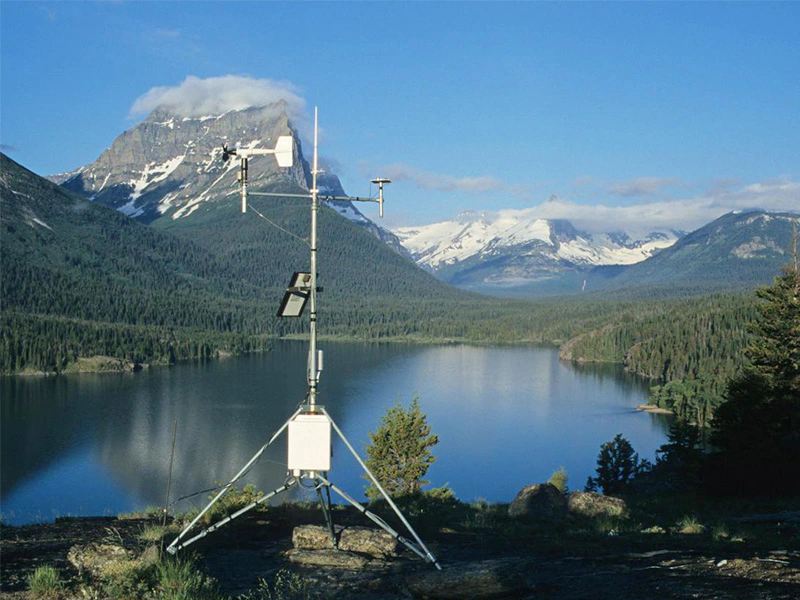
# Meteorological Station: Definition and Functions
## What is a Meteorological Station?
A meteorological station, also known as a weather station, is a facility equipped with instruments and devices designed to measure and record various atmospheric conditions. These stations play a crucial role in weather forecasting, climate research, and environmental monitoring by collecting data on temperature, humidity, atmospheric pressure, wind speed and direction, precipitation, and other weather-related parameters.
## Key Components of a Meteorological Station
### 1. Temperature Measurement
Meteorological stations typically use thermometers or digital temperature sensors to measure air temperature. These instruments are often placed in a Stevenson screen to protect them from direct sunlight and other environmental factors that could affect readings.
### 2. Humidity Sensors
Hygrometers measure the amount of water vapor in the air, providing relative humidity data. Modern stations often use capacitive or resistive sensors for more accurate measurements.
### 3. Barometers
Atmospheric pressure is measured using barometers, which can be either mercury-based or aneroid (mechanical) types. Digital barometers are now commonly used in automated weather stations.
### 4. Anemometers and Wind Vanes
These instruments measure wind speed and direction respectively. Cup anemometers and propeller anemometers are common types, while wind vanes indicate the direction from which the wind is blowing.
### 5. Precipitation Gauges
Rain gauges measure the amount of liquid precipitation over a set period. More sophisticated stations may also measure snow accumulation and other forms of precipitation.
## Functions of Meteorological Stations
### Weather Forecasting
The primary function of meteorological stations is to provide data for weather forecasting. By collecting real-time atmospheric data from multiple stations, meteorologists can analyze weather patterns and make predictions.
### Climate Monitoring
Long-term data collected by weather stations helps scientists understand climate patterns, detect climate change, and study weather trends over extended periods.
### Agricultural Applications
Farmers rely on weather station data to make decisions about planting, irrigation, and harvesting. Specialized agricultural weather stations may measure soil temperature and moisture as well.
### Aviation and Marine Safety
Airports and coastal areas maintain weather stations to provide critical information for flight operations and maritime activities, helping to ensure safety in these sectors.
### Environmental Research
Scientists use meteorological data to study air quality, pollution dispersion, and other environmental factors that affect ecosystems and human health.
## Types of Meteorological Stations
### 1. Surface Weather Stations
These are the most common type, installed at ground level to measure surface weather conditions.
### 2. Upper-Air Stations
Using weather balloons (radiosondes), these stations collect data about atmospheric conditions at higher altitudes.
### 3. Automatic Weather Stations (AWS)
These unmanned stations automatically collect and transmit data, often in remote locations where continuous monitoring is needed.
### 4. Mobile Stations
Installed on ships, aircraft, or vehicles, these stations collect weather data while in motion.
## Importance of Meteorological Stations
Meteorological stations form the backbone of weather observation systems worldwide. Their data is essential for:
- Early warning systems for severe weather events
- Scientific research on atmospheric processes
- Supporting various industries (agriculture, transportation, energy)
- Improving the accuracy of weather models
- Understanding long-term climate changes
As technology advances, meteorological stations continue to become more sophisticated, with improved sensors, automated data collection, and better integration with satellite systems. This evolution enhances our ability to monitor and predict weather patterns, ultimately helping societies better prepare for and adapt to changing atmospheric conditions.
Keyword: what is meteorological station
Comments are closed